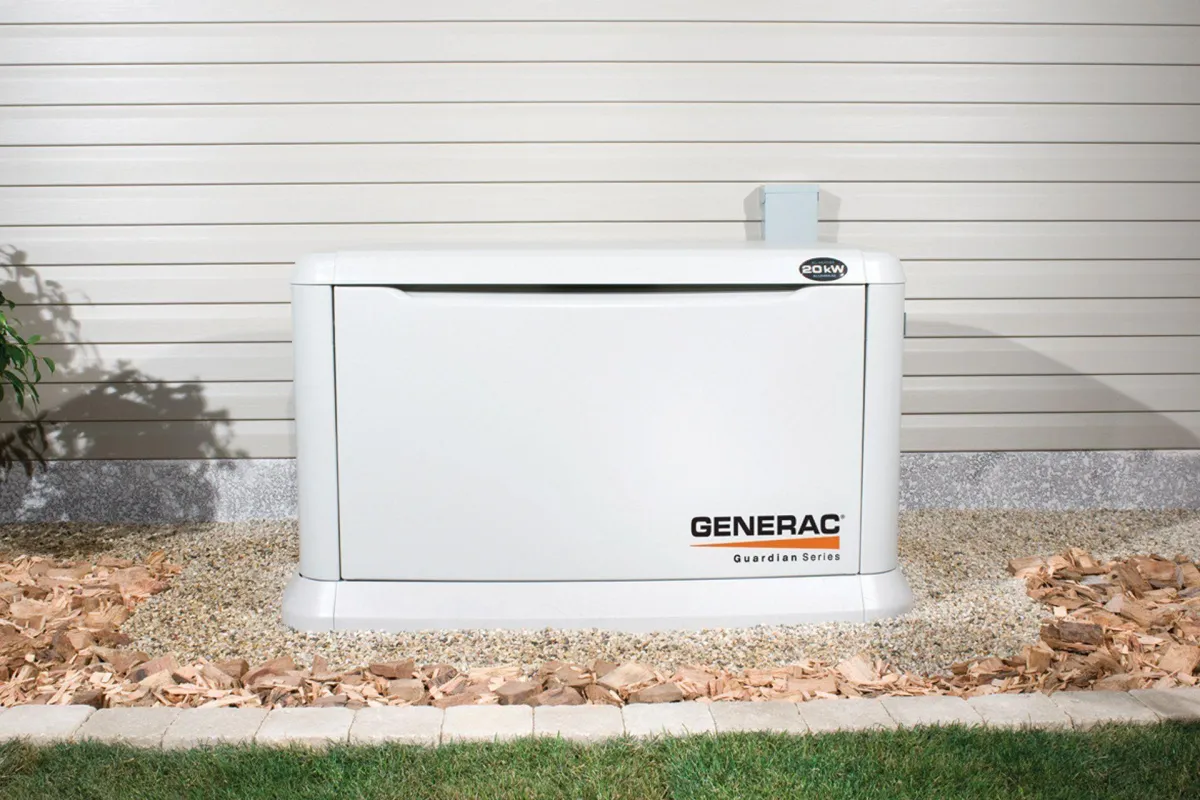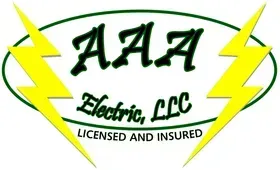Electrical Tips, Updates & Insights from AAA Electric

How to Choose the Right Transfer Switch for Your Backup Generator
Introduction
When the power goes out, your backup generator becomes your home’s lifeline — keeping your lights on, appliances running, and family comfortable. But one critical component determines how well that generator works: the transfer switch.
Choosing the right transfer switch ensures your generator safely powers your home without damaging electrical systems or violating code. It’s a decision that affects not just performance, but also safety and convenience.
In this guide, we’ll explain what a transfer switch does, the different types available, and how to choose the best one for your generator and home setup. We’ll also share professional insights from AAA Electric, licensed electrical contractors based in Fishersville, Virginia, who specialize in generator installations and maintenance across the state.
Understanding What a Transfer Switch Does
A transfer switch is the bridge between your home’s electrical panel and your generator. It controls where your home’s power comes from — either the utility grid or the generator — ensuring electricity flows safely and efficiently.
Without one, you’d have to connect appliances manually or risk dangerous backfeeding (when power flows from your generator into the utility lines). Backfeeding can cause fires, damage equipment, or endanger utility workers restoring power.
Key functions of a transfer switch:
Automatically or manually switches your home’s power source.
Prevents backfeeding into utility lines.
Protects sensitive electronics from surges.
Enables safe, code-compliant generator operation.
Every standby generator system installed by AAA Electric includes a properly sized transfer switch to ensure smooth operation during power outages.
Types of Transfer Switches
Before choosing a transfer switch, it’s essential to understand the two primary types and their differences.
1. Manual Transfer Switch
Requires you to flip the switch yourself when power goes out.
More affordable than automatic options.
Commonly used for portable generators.
Ideal for homeowners comfortable operating equipment during outages.
2. Automatic Transfer Switch (ATS)
Instantly detects a power outage and transfers load automatically.
Returns to utility power once service is restored.
Essential for standby or whole-home generators.
Provides seamless, hands-free operation.
Automatic transfer switches are the standard for Generac home backup systems, which AAA Electric installs and services throughout Virginia.
How to Choose the Right Transfer Switch
Selecting the right transfer switch depends on your generator type, power needs, and budget. Follow these key considerations to make the best choice:
1. Match the switch to your generator’s wattage
Your transfer switch must match or exceed your generator’s power output. For example, a 10 kW generator requires at least a 10 kW-rated transfer switch to handle the load safely.
2. Identify your electrical panel type
Your electrician will check compatibility between your main electrical panel and the switch. Some older panels may require rewiring or an upgrade.
3. Determine the circuits you want to power
Decide whether you want to back up the whole house or only essential circuits like lights, sump pumps, or refrigerators. Whole-home transfer switches cost more but offer complete coverage.
4. Choose between indoor and outdoor installation
Outdoor-rated switches are weatherproof and mounted near the generator, while indoor models are typically installed near the main panel.
5. Consider convenience and automation
If you travel often or want a system that activates instantly during an outage, an automatic transfer switch provides worry-free performance.
6. Ensure code compliance
Virginia requires all permanent generator connections to include an approved transfer switch. AAA Electric handles all permits and code compliance to guarantee a safe installation.
Professional Installation Matters
Installing a transfer switch is not a DIY project. It involves working directly with your home’s electrical panel and requires knowledge of load balancing, grounding, and circuit safety.
AAA Electric’s certified electricians handle the entire process, including:
Load calculations and system design.
Sizing and sourcing compatible transfer switches.
Coordinating with your generator setup.
Completing all code-required inspections.
A professionally installed switch ensures reliability, protects your home, and maintains your generator’s manufacturer warranty.
FAQs
Can I install a transfer switch myself?
It’s strongly discouraged. Only licensed electricians should install transfer switches, as improper wiring can lead to fires or electrocution.
How long does installation take?
Most installations take one day, depending on the wiring complexity and generator size.
What size transfer switch do I need?
It should match the amperage and wattage of your generator. Your electrician can determine the correct size during an assessment.
What’s the difference between service-entrance and non-service-entrance switches?
Service-entrance switches include a built-in circuit breaker, while non-service types rely on your existing main panel breaker.
Do transfer switches need maintenance?
Yes. Regular inspections ensure proper operation and help identify corrosion, loose connections, or mechanical wear.
Conclusion
A transfer switch is a crucial part of any generator setup — the safeguard that ensures your backup power is delivered safely and automatically when you need it most. Choosing the right switch depends on your system’s capacity, installation type, and desired convenience level.
AAA Electric in Fishersville, VA, has been serving homeowners across Virginia since 2009 with expert generator installation, maintenance, and electrical system upgrades. Their licensed, insured, and Generac-certified technicians will help you select and install the right transfer switch for your home — ensuring seamless, worry-free power during every outage.
Our Services
Helpful Links
Contact Information
2016 Jefferson Hwy Fishersville, VA 22939
Business Hours
Mon - Fri: 9:00 am - 5:00 pm
Sat - Sun: Closed
© 2025 All Rights Reserved | AAA Electric
